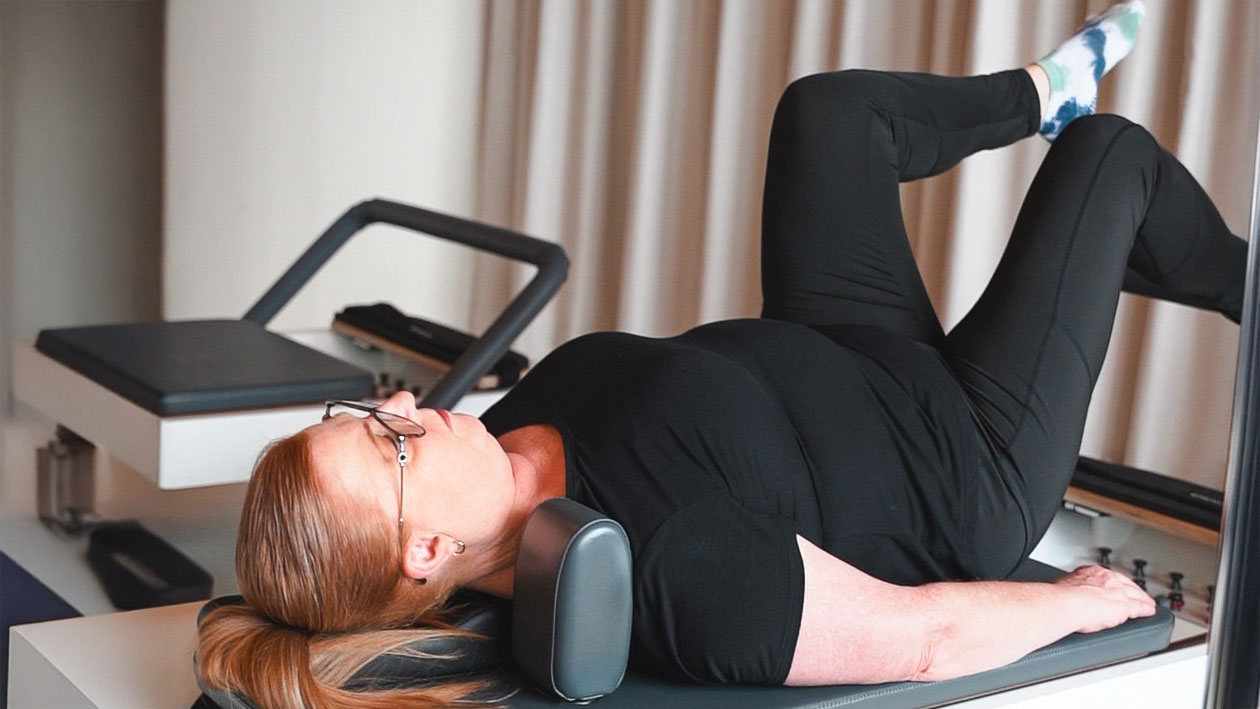
Yes, Pilates is excellent for injury recovery and rehabilitation. Research consistently shows that Pilates can significantly reduce pain, improve function, and accelerate healing when done properly under professional guidance.
Why Pilates Works So Well for Injury Recovery
You know how frustrating injury recovery can be. You’re stuck between wanting to move and being afraid you’ll make things worse. Here’s where Pilates comes in as a game-changer. Unlike high-impact exercises that can stress your already vulnerable tissues, Pilates focuses on controlled, precise movements that help your body heal safely.
The magic lies in what Pilates actually targets. Research shows that physiotherapists identify the most important benefits as reducing fear-avoidance behaviour, improving body awareness, and increasing muscular strength [1]. When you’re recovering from injury, these three elements are absolutely crucial for getting back to normal life.
The Science Behind Pilates and Injury Recovery
Core Strength and Stability
Your core isn’t just your abs – it’s the deep stabilising muscles that support your entire body. When you’re injured, these muscles often switch off or become weak, leading to compensation patterns that can cause more problems down the track. Pilates specifically targets these deep muscles, including the transverse abdominis, multifidus, diaphragm, and pelvic floor muscles.
Pain Reduction That Actually Lasts
The research is pretty compelling here. A 2023 meta-analysis found that Pilates training led to significant improvements in pain with effects maintained even six months after completing training [2]. For chronic low back pain specifically, people experienced pain reductions of over 2 points on a 10-point scale – that’s clinically meaningful relief.
Improved Movement Patterns
When you’re injured, your brain often develops protective movement patterns that can become problematic long-term. Pilates helps retrain correct movement patterns through focused, controlled exercises that emphasise quality over quantity.
These three pillars are crucial for returning to a normal, active life after an injury, and they are just a few of the many health benefits of Pilates backed by science.
Specific Conditions That Benefit from Pilates
Back and Neck Pain
Lower back pain is where Pilates really shines. For example, studies show that just two sessions per week for six weeks can lead to significant improvements. The ideal frequency can vary, so it’s helpful to understand how many times a week you should do Pilates for the best results. The controlled movements help restore proper spinal alignment, improving your posture and strengthening supporting muscles without aggravating the injury.
Knee Injuries
Whether you’re dealing with ACL reconstruction, meniscus issues, or general knee pain, Pilates can be incredibly helpful. The Pilates Reformer is particularly valuable here because it allows you to work in unweighted positions while still challenging the muscles around your knee. You can strengthen your quads, hamstrings, and glutes without putting excessive stress on the healing joint.
Shoulder Problems
Shoulder injuries can be particularly tricky because the shoulder joint is so complex. Pilates helps by improving scapular stability and strengthening the rotator cuff muscles in a controlled environment. The emphasis on proper alignment and gradual progression makes it ideal for shoulder rehabilitation.
Arthritis and Chronic Pain
For those dealing with osteoarthritis or rheumatoid arthritis, Pilates offers gentle, low-impact movement that can help maintain joint mobility without aggravating inflammation. Research shows improvements in fatigue, depression, and quality of life for people with rheumatoid arthritis who practice Pilates [3].
Safety First: What You Need to Know
While Pilates is exceptionally safe, it’s natural to worry about starting a new routine. Many people wonder how difficult Pilates is, but the beauty of it is that exercises are always modified to your specific level and ability, especially during rehabilitation. Common Pilates injuries include muscle strains, ligament sprains, and neck tension – usually from incorrect form or pushing too hard too fast. Here’s how to keep safe:
Get Professional Clearance
Before you start, get the all-clear from your doctor or physiotherapist. They need to assess whether you’re ready for exercise and what modifications you might need.
Start with Qualified Instruction
Find an instructor who understands injury rehabilitation. All of our team here at SOHL Studio are certified instructors with injury experience.
Listen to Your Body
Pain is your body’s warning system. If something doesn’t feel right, stop. The motto “no pain, no gain” doesn’t apply here – it should be “good pain versus bad pain”.
Progress Gradually
Your tissues need time to adapt. Don’t try to jump back to where you were before your injury. Gradual progression is key to successful rehabilitation.
My Experience in the Industry
I’ve seen countless people transform their recovery journey through Pilates. One thing that consistently strikes me is how Pilates gives people back their confidence in movement. When you’ve been injured, you often develop a fear of moving “the wrong way.” Pilates provides a safe environment to explore movement again, building both physical strength and mental confidence.
What to Expect in Your Recovery Journey
Week 1-2: Foundation Building
You’ll focus on basic exercises, learning proper breathing and core activation. Don’t underestimate this phase – it’s laying the groundwork for everything that follows.
Week 3-6: Strength and Mobility
As your tissues heal, you’ll progress to more challenging exercises. You should notice improvements in pain levels and movement quality.
Week 6+: Functional Integration
This is where Pilates really excels – helping you integrate your new strength and movement patterns into daily activities and eventually sport or higher-level activities.
Pilates is a powerful tool for injury recovery, backed by science and recommended by physiotherapists. The key, however, is that it must be the right type of Pilates, delivered by qualified professionals who understand the nuances of the human body.
If you are ready to move with confidence again, the team at SOHL Studio is here to guide you on your recovery journey.
